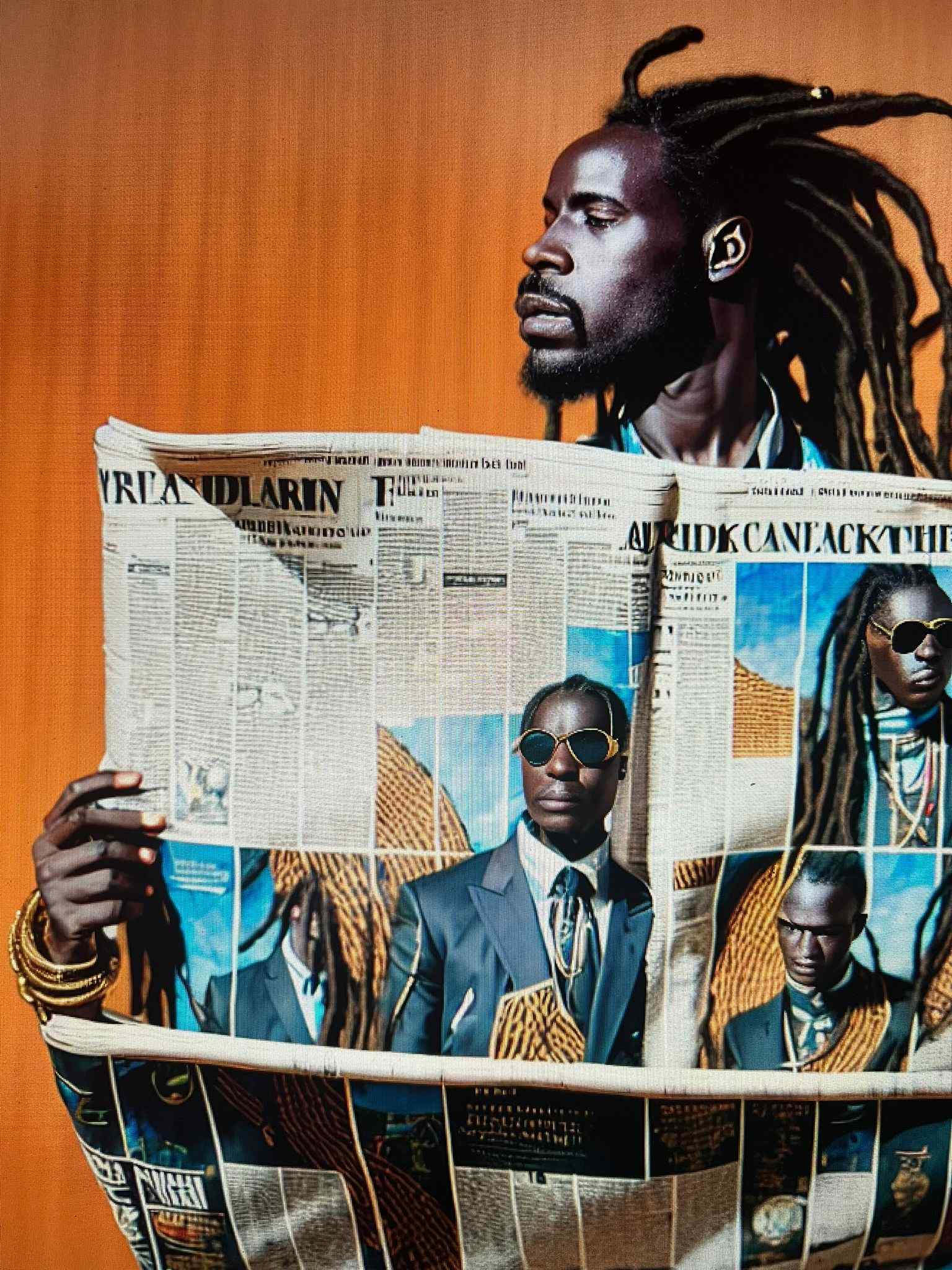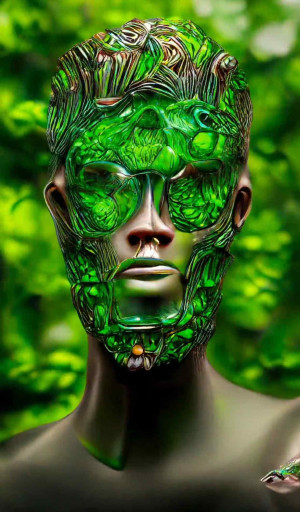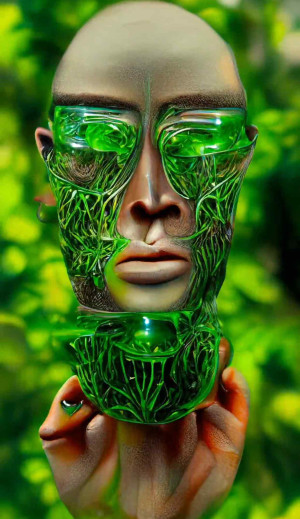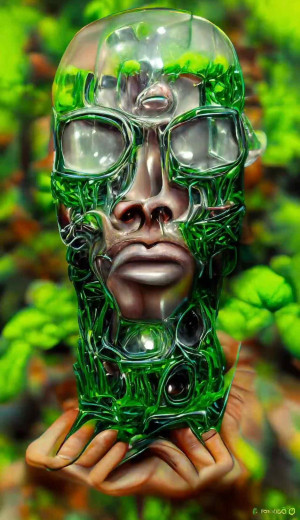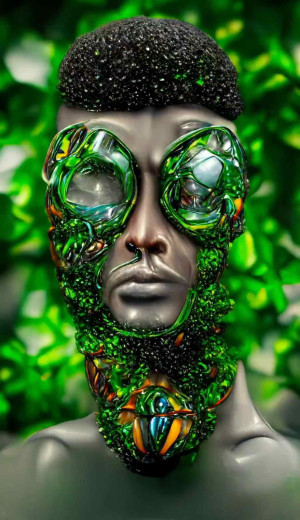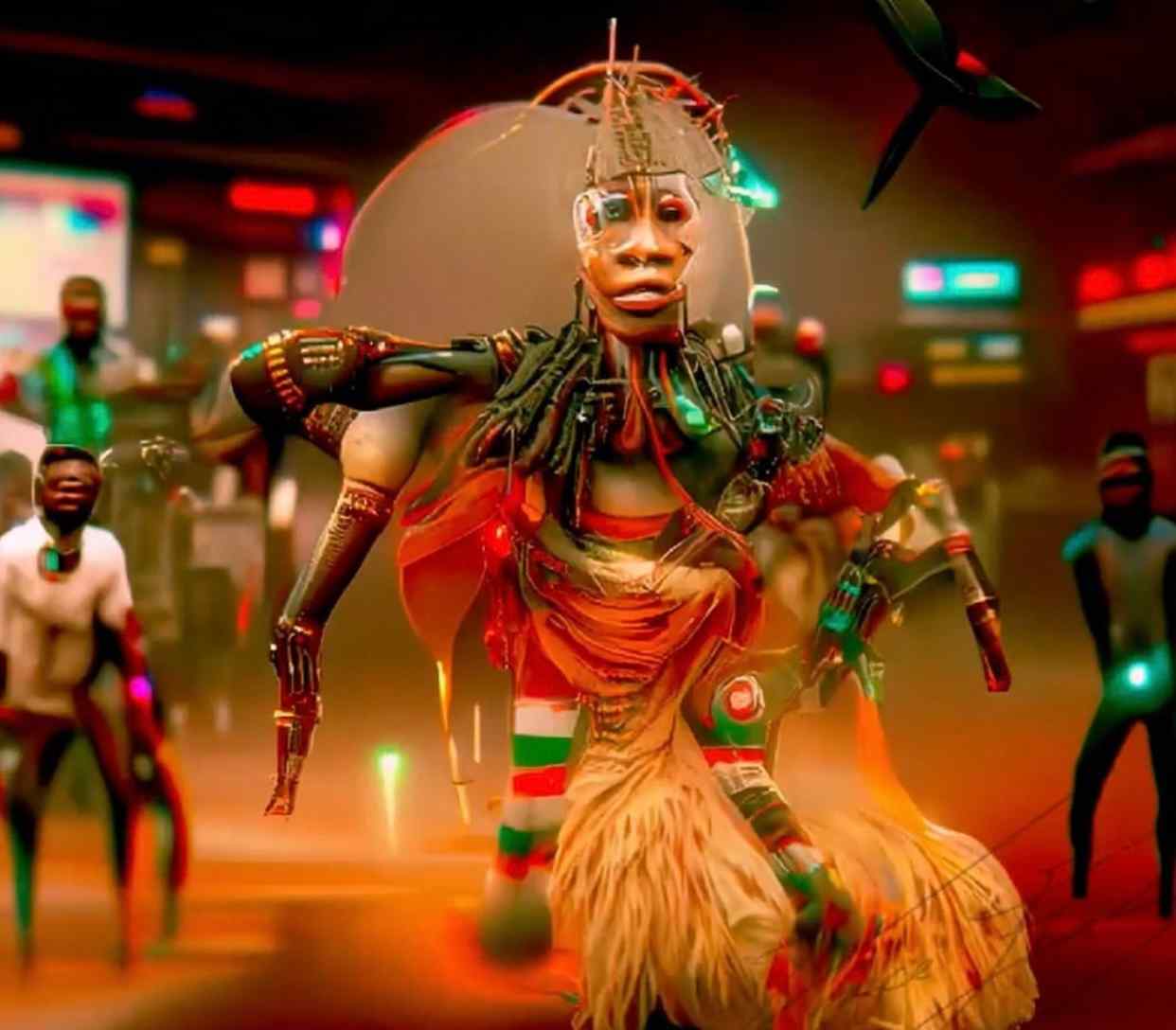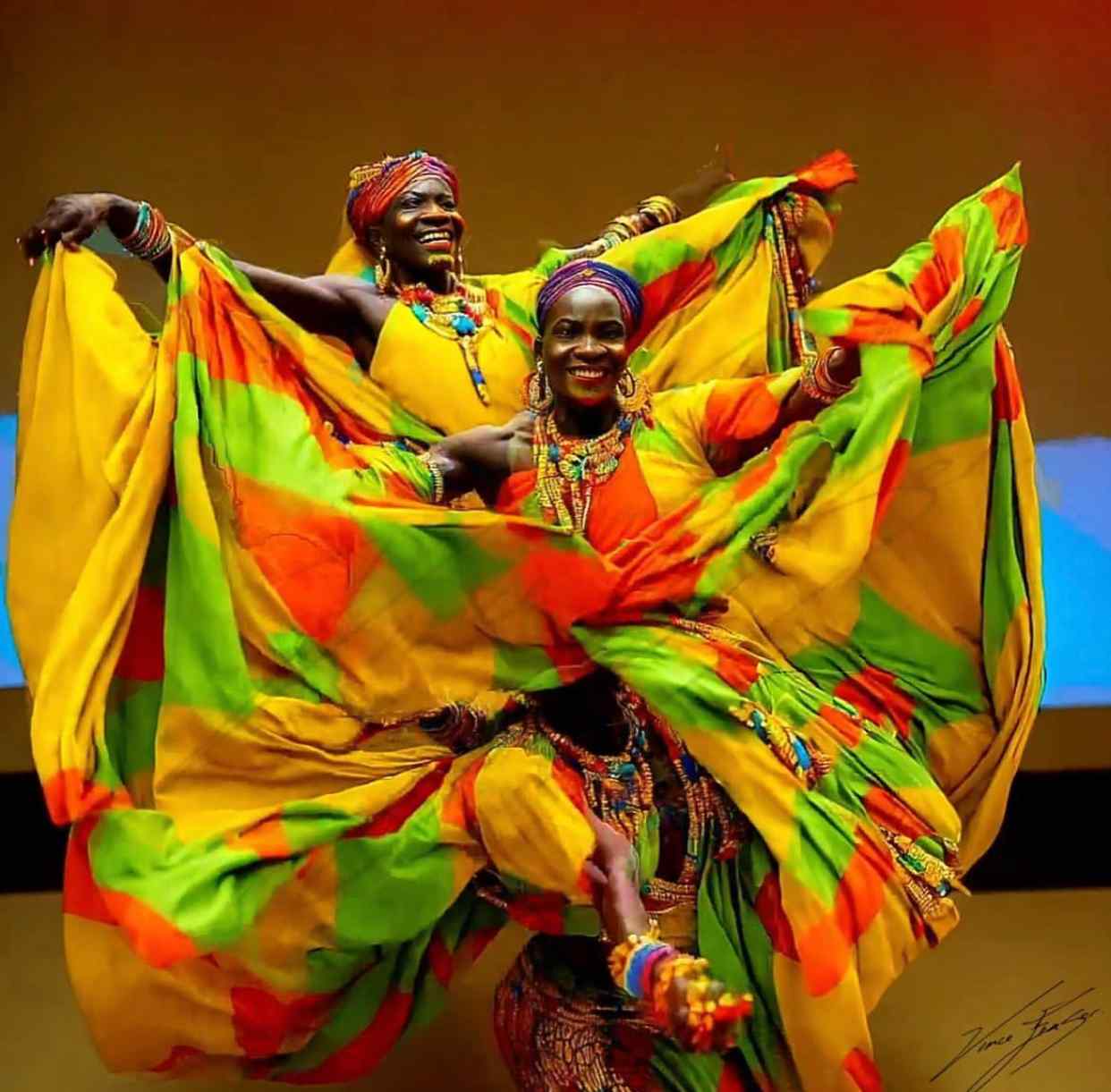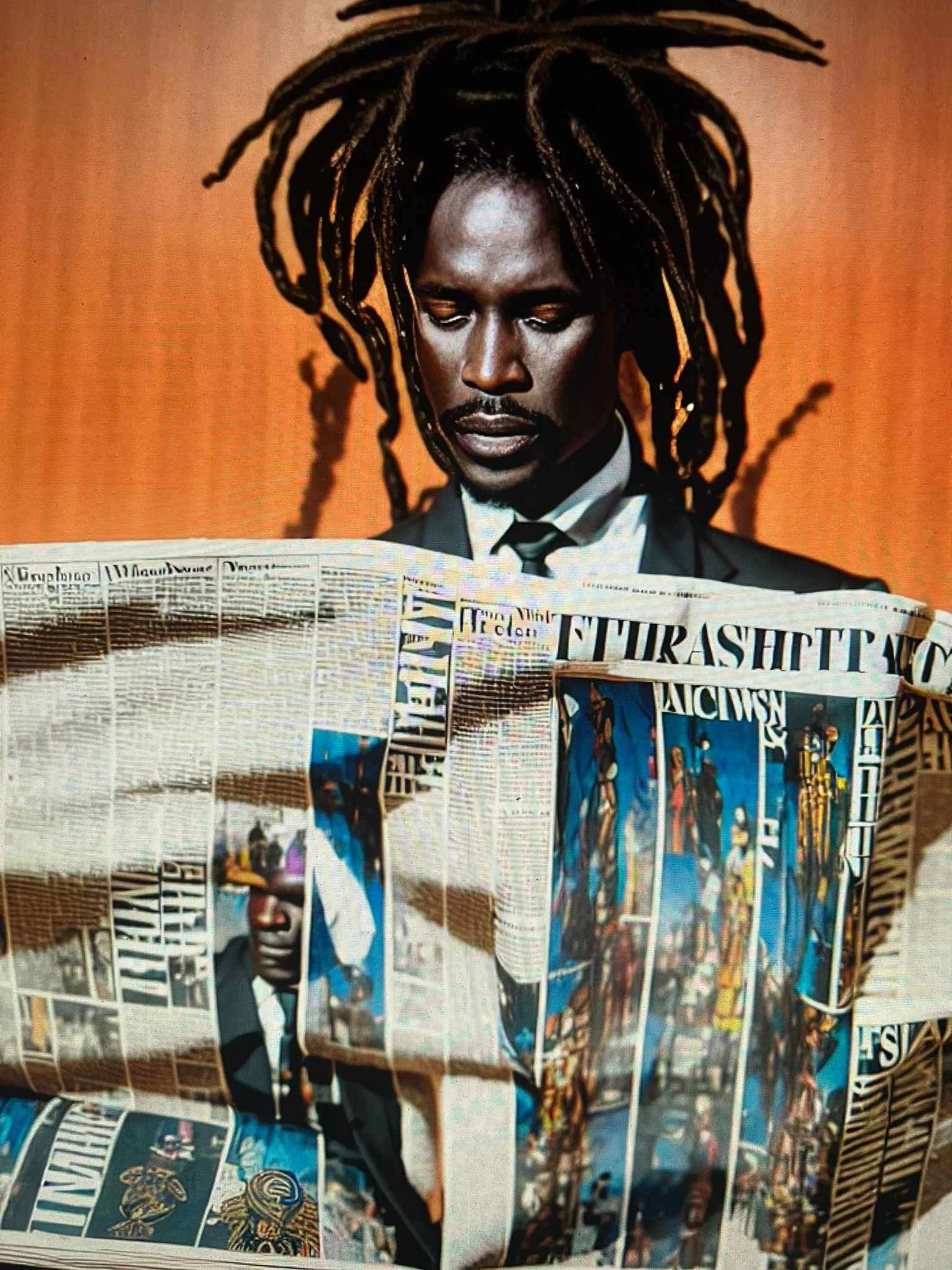
- Date
- 20 MARCH 2023
- Author
- TAFARI HINDS
- Image by
- COURTESY OF ARTIST
- Categories
- Interviews
Artist's Spotlight: Interview with Vince Fraser
Vince Fraser is a digital artist who stands out for his unique approach to using artificial intelligence (AI) to combine traditional art techniques with cutting-edge technology. In his digital artworks, Fraser is known for his unique way of intersecting race, identity, and technology. The London-based artist explores the Black experience, while blending elements of Afro Futurism and Surrealism resulting in beautiful and immersive animations. Vince started experimenting with digital photography back in the mid 90’s when the transition from analog to digital was happening. He explained, many artists were drawn to digital art because it offered new ways of creating and expressing themselves.
In an interview with Red-Eye, we caught up with Fraser who recently showcased at the digital art exhibition of BIPOC Artists called “Co-Creation” by Tafari Hinds, in honour of the Black Carpet Awards and the Afro Fashion Association during Milan Fashion week AW23. Fraser hopes that events like "Co-Creation" will continue to provide a platform for all artists, including underrepresented artists to showcase their work where Art can play a crucial role in promoting social causes and equality, and contribute to empower these important conversations.
How did you get started in digital art, and what inspired you to pursue this field?
Well, I've been in the creative industry for the best part of thirty years now but initially started experimenting with digital photography back in the mid 90’s when the transition from analog to digital was happening. For me , it was something new and exciting at the time, much like with what is currently happening with this digital renaissance. But most importantly it meant we could now take photos, edit them with Photoshop, create new artworks and also print them ourselves. Many artists were drawn to digital art because it offered new ways of creating and expressing themselves. Digital tools allow artists to experiment with colour, texture, and composition in ways that would be difficult or impossible with traditional materials. Additionally, digital art can be easily shared and distributed online, making it accessible to a wider audience.
Can you tell us about your background and how you first became interested in digital art?
I actually started my journey in Interior Design many years ago in London and got my very first job as an Exhibition Designer working on projects for IBM, Apple, Intel and Volkswagen which was a great experience. Back in the 90’s there weren't many design companies so it was a very niche market and hard to find work within that specific field.
My next job was as an Interior Designer for an Internationally known Architectural and Interior Design company which was very corporate and boring , so eventually left to start freelancing as a digital illustrator.
The rest is history, I have been working for myself for 20 plus years now.
So I’m a designer and artist at heart but don't like to be labelled as either, I feel I've gone full circle and see myself as a ‘creator’ now. I think having such a colourful background shows in my work and makes it very unique to the viewer, distinguishing me from other artists.
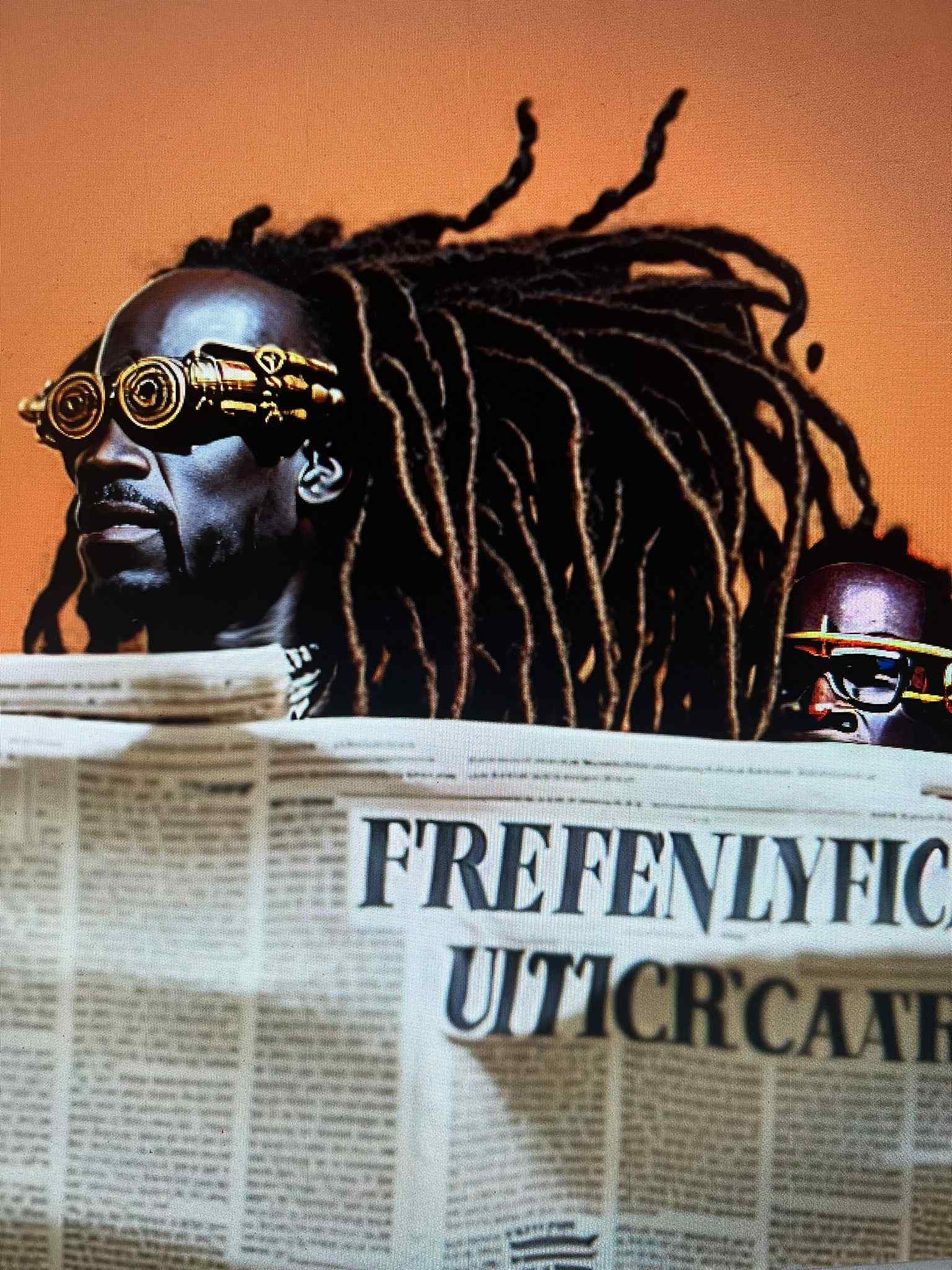
What software and tools do you use to create your artwork, and how have these tools evolved over time?
Photoshop was initially the first tool I used for digital image editing and manipulation because it offered a range of tools and features for creating and editing digital images, including brushes, filters, layers, and masks. In the early days as a digital illustrator I used Photoshop V3.0 / 4.0 mainly for editorial commissions and advertising campaigns for brands. It soon became a popular tool for digital art and evolved over time including new features and improvements, such as improved performance and compatibility with other Adobe products.
I then progressed onto using other Adobe products like Illustrator and AfterEffects which allowed me to add another dimension to my work. After Effects is primarily used for creating motion graphics and visual effects. It allowed artists to create and animate graphics and text, composite different elements together, and add special effects and visual flourishes to videos. After Effects has also evolved over time, with new features and improvements being added with each new release. In addition to Photoshop and After Effects, there are many other software and tools available which I used , including 3D modelling software like Cinema 4d and Blender. As technology continues to advance, we can expect to see even more innovative tools and software emerge, making it easier than ever for artists to create and share their digital artwork.
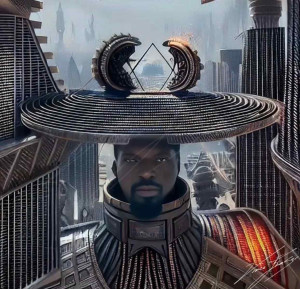
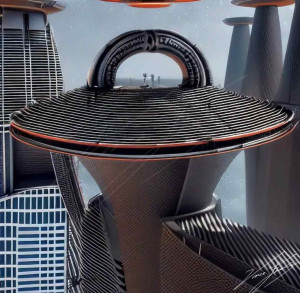
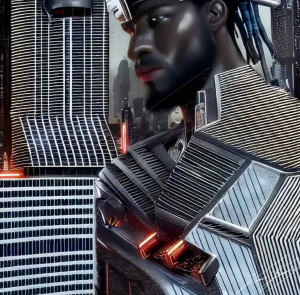
How do you see the field of digital art evolving in the future, and what new technologies or trends do you think will impact the industry?
I think it's an exciting time to be alive at the moment with the emergence of AI Art's rapidly evolving field, it's likely to continue to grow and expand in the future. Personally, I've been experimenting with it a lot over the past year or two and incorporating it into my workflow hugely. The possibilities are endless with this new tech and the future is very exciting for digital artists like myself who like to push the boundaries visually speaking. Regarding trends I think virtual and augmented reality technologies have the potential to transform the way we experience and create digital art. With VR, artists can create immersive virtual environments and experiences, while AR can enable viewers to interact with digital art in the real world.
I can see generative adversarial networks (GANs): GANs are a type of machine learning algorithm that can generate new images based on existing data sets becoming more advanced. This technology has the potential to revolutionise digital art by allowing AI systems to create original artworks that mimic the styles and techniques of human artists which is already being used in apps like Midjourney, Stable Diffusion and DALLE.
(NFTs) will become increasingly more popular in the creative world, and have the potential to transform the way we buy, sell, and display digital art. NFTs allow artists to sell unique, one-of-a-kind digital artworks that are authenticated on the blockchain, which will create new opportunities for digital artists to monetize their work.
There are so many things happening including Digital wearables, Fashion technology, and the Metaverse , so it will be interesting to see how these big mainstream brands will be manipulating these techs in the future.
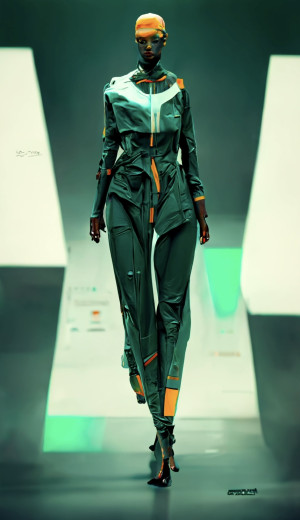
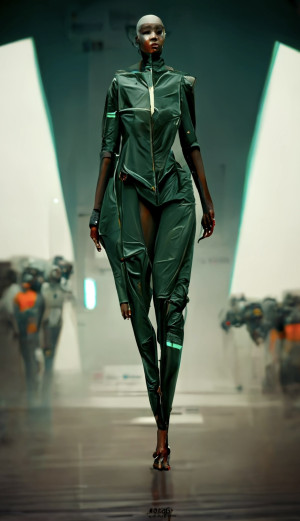
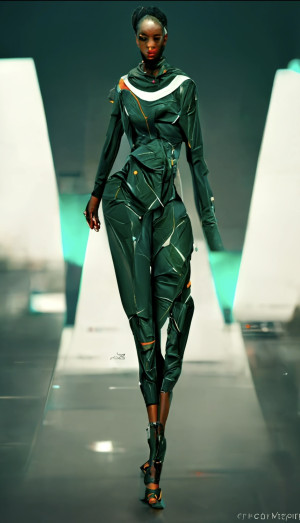
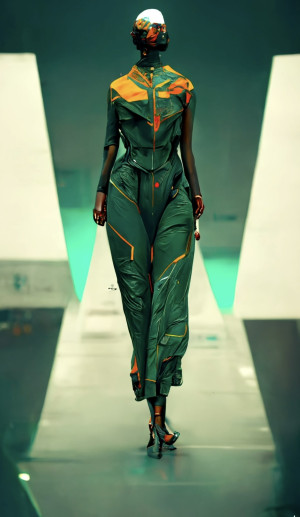
What advice would you give to aspiring digital artists who are just starting out in the industry?
Utilise all these new tools available today, so use them. In my day we were very limited in resources so had to become more imaginative. Lastly, to be consistent, persistent and never give up regardless.
How do you see the future of digital art evolving, and what exciting projects or trends are you looking forward to exploring in the coming years?
I believe that digital art will continue to evolve and become increasingly integrated into our daily lives in the coming years. With advances in technology, we can expect to see new tools and platforms emerge daily that allow artists to create more complex and interactive works of art. Another trend that I'm excited about is the use of virtual and augmented reality in art installations. With VR and AR technology, artists can create immersive environments that transport viewers to entirely new worlds, allowing them to explore art in new and exciting ways. I'm looking forward to seeing how artists use these technologies to create truly mind-bending experiences. I think we'll see a continued blurring of the lines between traditional and digital art. As more artists incorporate digital tools into their workflow, we'll see new hybrid forms emerge that combine the best of both worlds. This could include anything from digitally enhanced paintings to interactive sculptures that incorporate sensors and other digital components.
